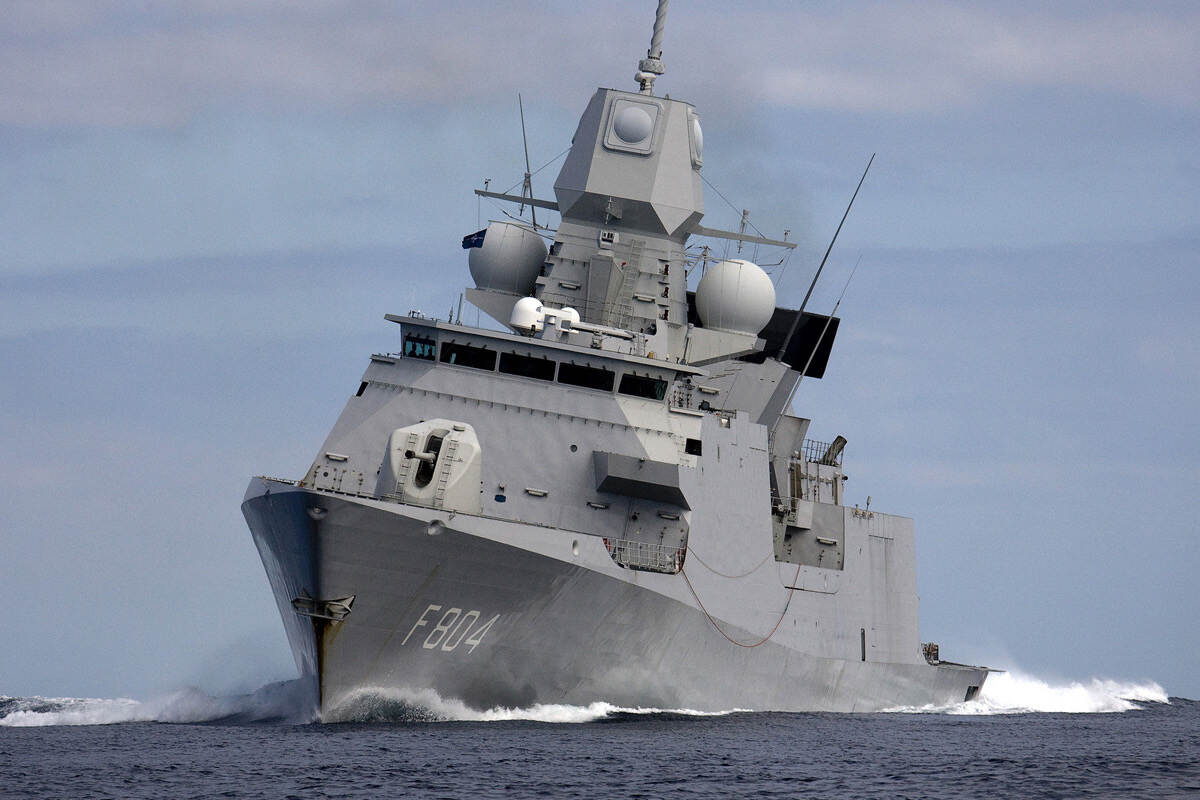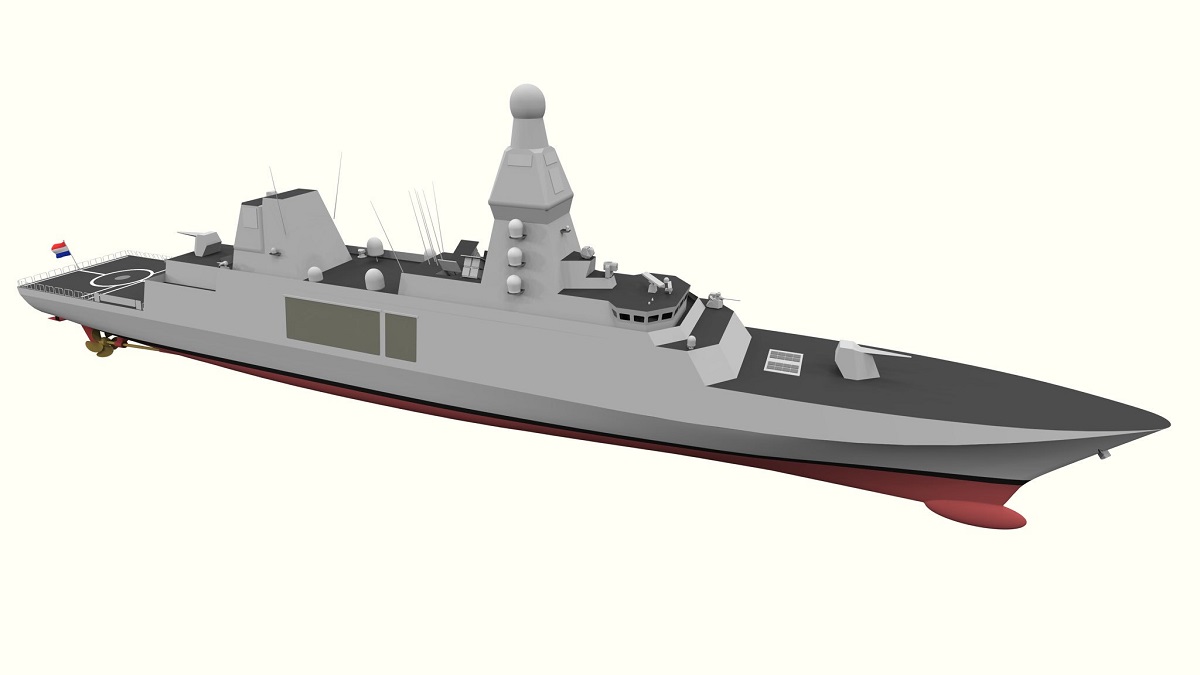sorry will make it a bit more readeble

38SWZ MARITIME • MARCH 2020
With the Den Helder, the maritime supply capacity of the Royal Netherlands Navy will be restored.
This ship will replace the HNLMS Amsterdam that de-commissioned due to budget cuts in 2014. The other supply vessel, the HNLMS Karel Doorman, entered the fleet in 2015 replacing the HNLMS Zuiderkruis. The Den Helder will be delivered in June 2024 and is to be fully operational a year later.
The ship will have a length over all of 178.3 metres, beam of 26.4 metres and the design draft is 8.3 metres. The displacement is 22,595 tonnes. It is somewhat smaller than the Karel Doorman (204.7 x 30.4 x 8.0 metres) with a displacement of 27.800 tonnes. This Joint Support Ship (JSS) has larger loading capacities and more facilities.
The permanent crew of the Combat Support Ship (CSS) consists of 75 pax. In addition, facilities are available for another 85 pax for performing extra mission related assignments.
On the 19th of February, the Director of the Defence Materiel Organization Vice Admiral Arie Jan de Waard and the new CEO of Damen Shipyards Group Arnout Damen signed the contract for the new Combat Support Ship HNLMS Den Helder. The contract includes engineering and production. The event took place on the bridge of the HNLMS Karel Doorman, the so-called Joint Support Ship, the other supply vessel that served as the basis for the new design.
IMPROVED EFFICIENCY FOR NEW COMBAT SUPPORT SHIP
Seven per cent efficiency gain
The ship will be equipped with Wärtsilä diesel generator sets (Tier) to deliver 15.8 megawatts installed power. Electric propulsion motors and two fixed pitch propellers allow for a maximum speed of 19 knots.
Extensive model tests at Marin resulted in a seven per cent gain in propulsion efficiency with regards to the JSS. Marin took the opportunity to celebrate the fact that the measurements were carried out with the 10,000th model since the institute was founded with a beautiful light show for a lot of guests.
Equipment
The ship is equipped with two Replenishment at Sea (RAS) stations on both sides, constructed according to a NATO standard (STANAG) to provide NATO ships with fuel at sea, while both ships continue to sail and manoeuvre. The ship can supply 7600 m3 of diesel fuel (F 76) and 1000 m3 of aviation fuel (F44) and besides that 226 m3 of fresh water and 290 m3 of urea for application in a selective catalytic re-duction (SCR) catalysator.
The ship is also able to supply solids at sea: ammunition (storage capacity 434 tonnes) and other goods such as provisions and spares. The ship can also carry 24 containers on deck and one below deck. The ship will be equipped with two 40-tonne cranes.
Two Landing Craft Vehicle Personnel (LCVP, 24 tonnes) will be placed in niches; one on starboard and one port side. The same applies to the two Fast Raiding Interception and Special Forces Craft (FRISC, 10 tonnes). The ship will have two lifeboats.
The ship also offers facilities for helicopter operations. The hangar is designed for operations with two NH 90 helicopters or a Merlin or NH90 in com-bination with two Unmanned Air Vehicles.
The ship is equipped with a hospital (Role-2 basic afloat), which is less in size than onboard the JSS.
Survivability
During the design of the CSS, specific attention was paid to enhance the ship’s survivability. That is, the ability of the ship and its systems to remain functional during a mission in a hostile environment. It is composed of a combination of the ship's susceptibility, vulnerability and recoverability.
For the platform, this means that the signatures, underwater noise, radar cross section and in-frared (IR) radiation are reduced as much as possible. With regard to vulnerability: shock requirements will be applied, which will result in harness bulkheads and other protection and – quite important – a well-designed general arrangement of the ship.
The enhancement of recoverability is achieved for instance by damage control and firefighting and where effective, further automation.
Internal communication is important and therefore a wireless system will be installed, whereby everyone is equipped with a mobile device, which also serves alarm handling. The ship will receive a most up-to-date cyber security system.
Focus on maintenance
Preparation of the ship’s maintenance is very important for proper transfer to the fleet and, therefore, more attention is paid to producing extensive technical documentation, purchasing the correct spare parts and education and training.
The CSS Den Helder will be built entirely at Damen’s shipyard in Galati, Romania, including setting to work and the execution of sea trials. Construction will be in accordance with DNV-GL class rules and the Naval Ship Code, the naval equivalent to SOLAS





